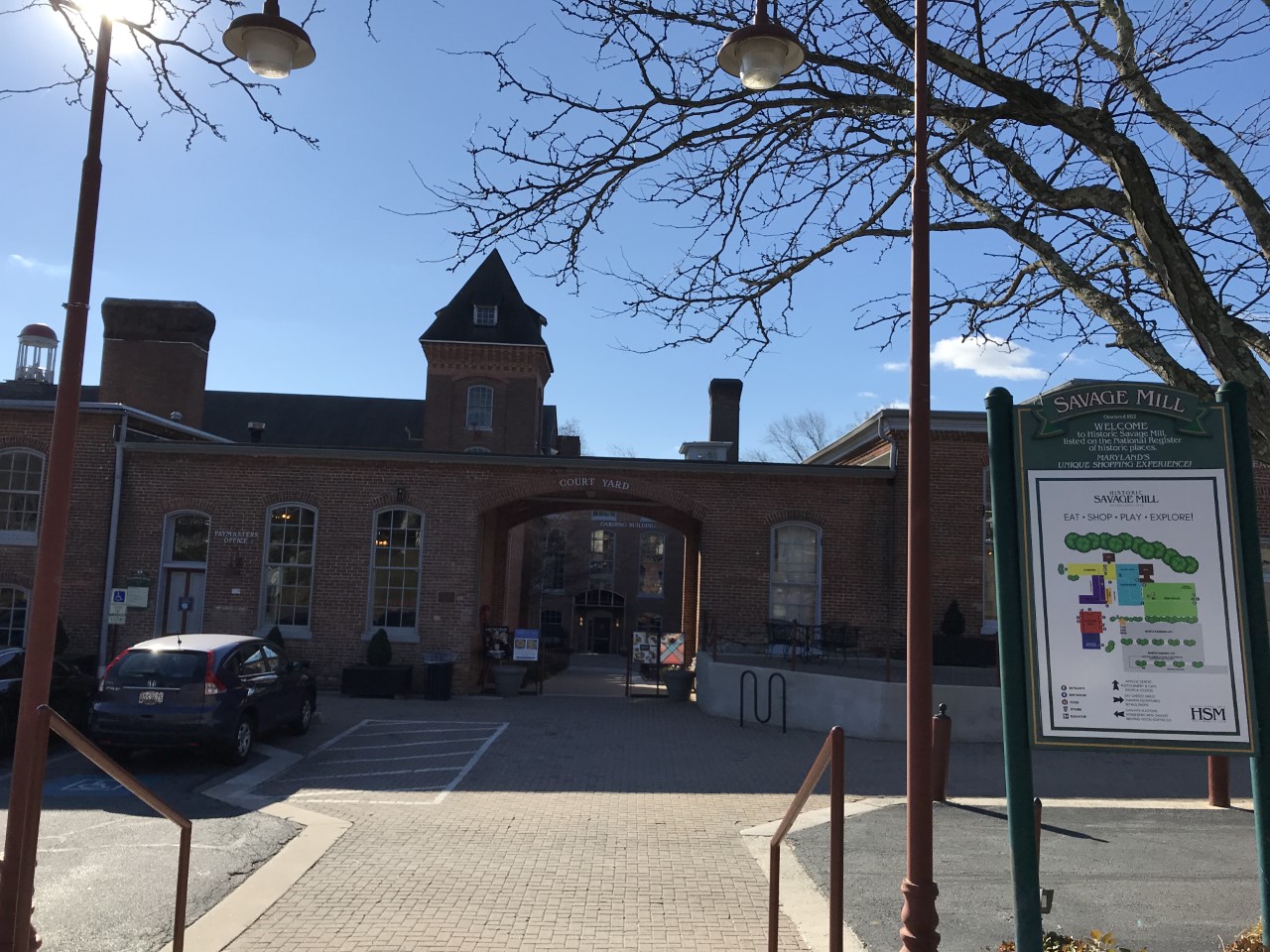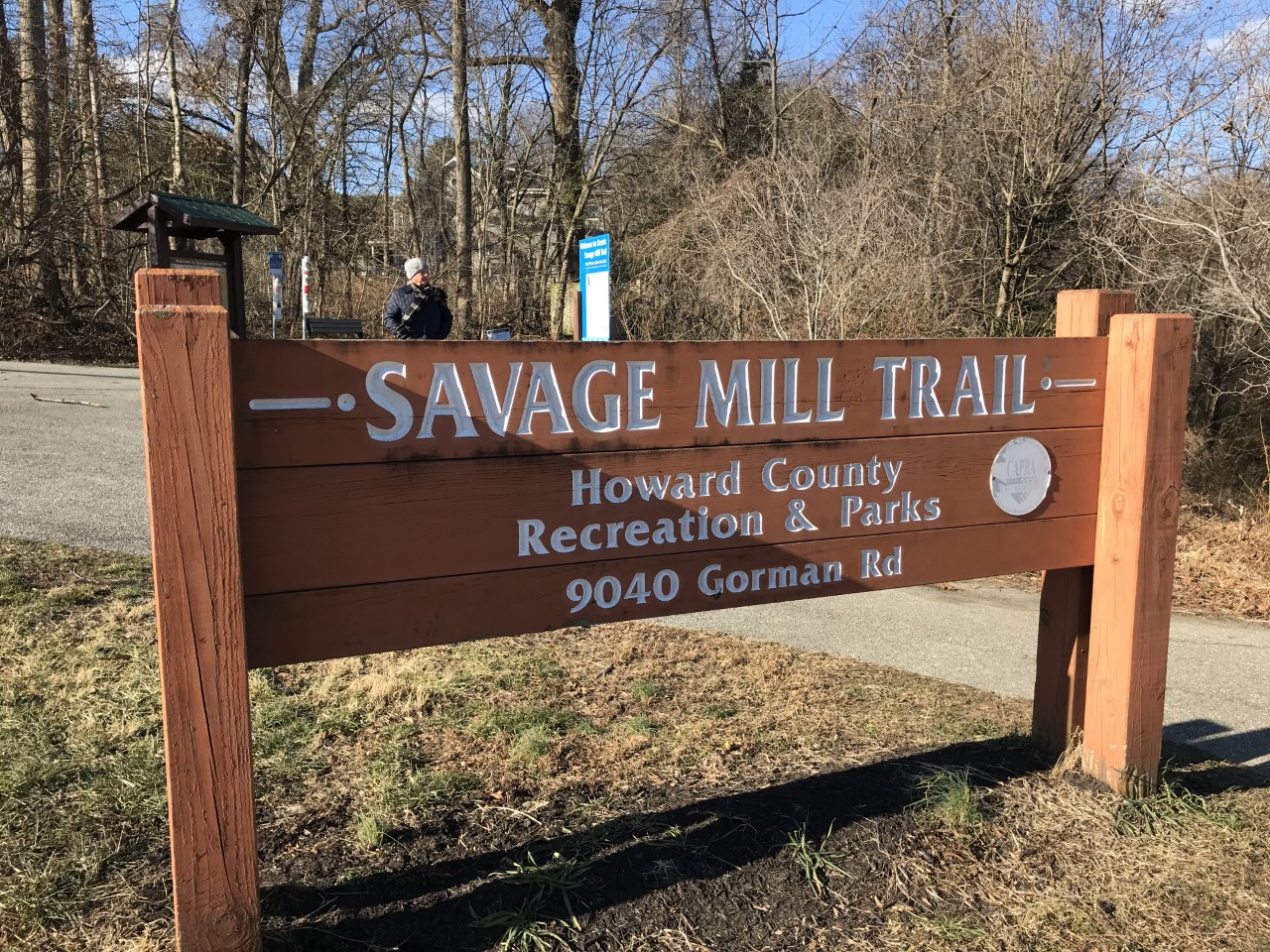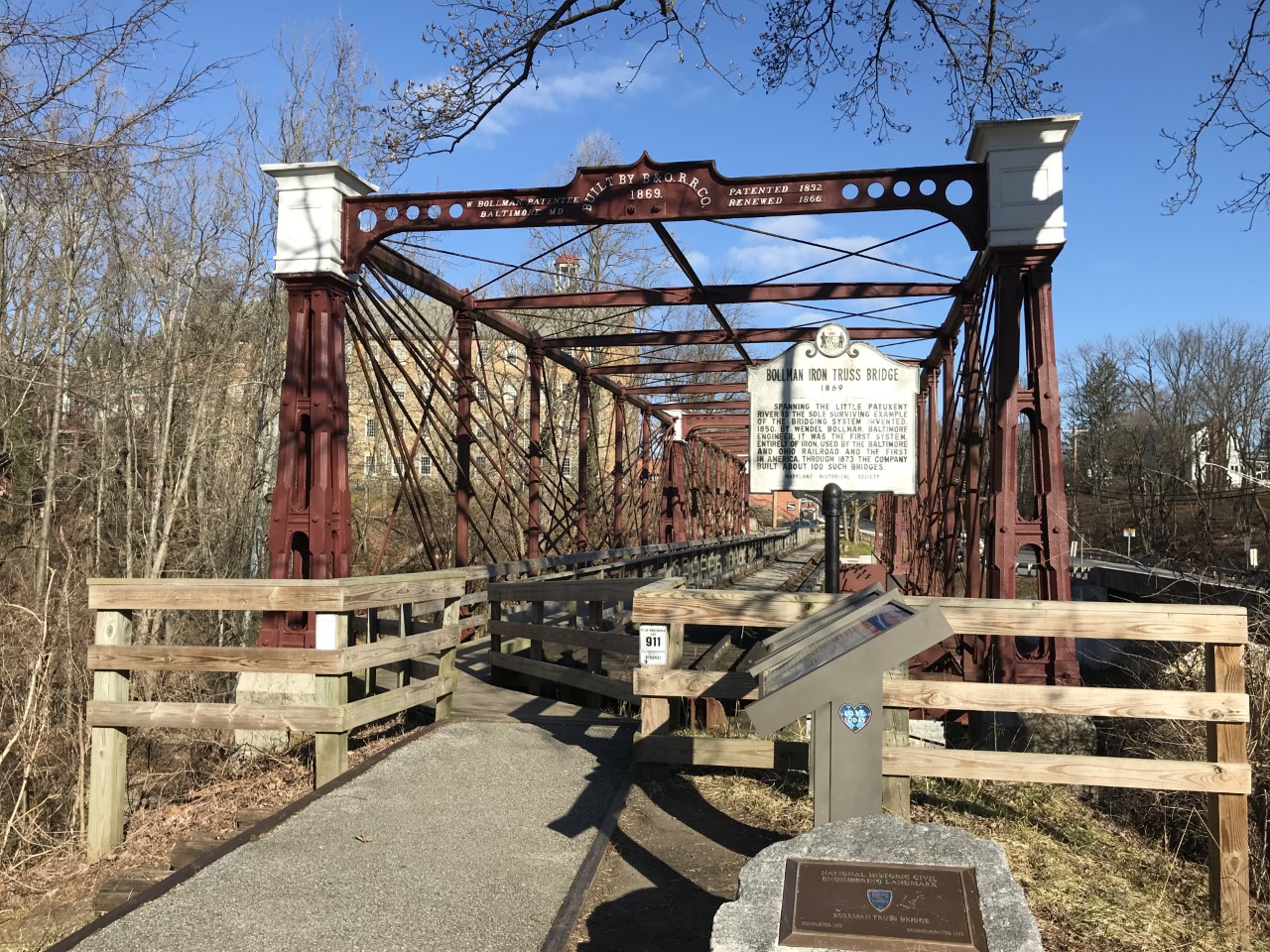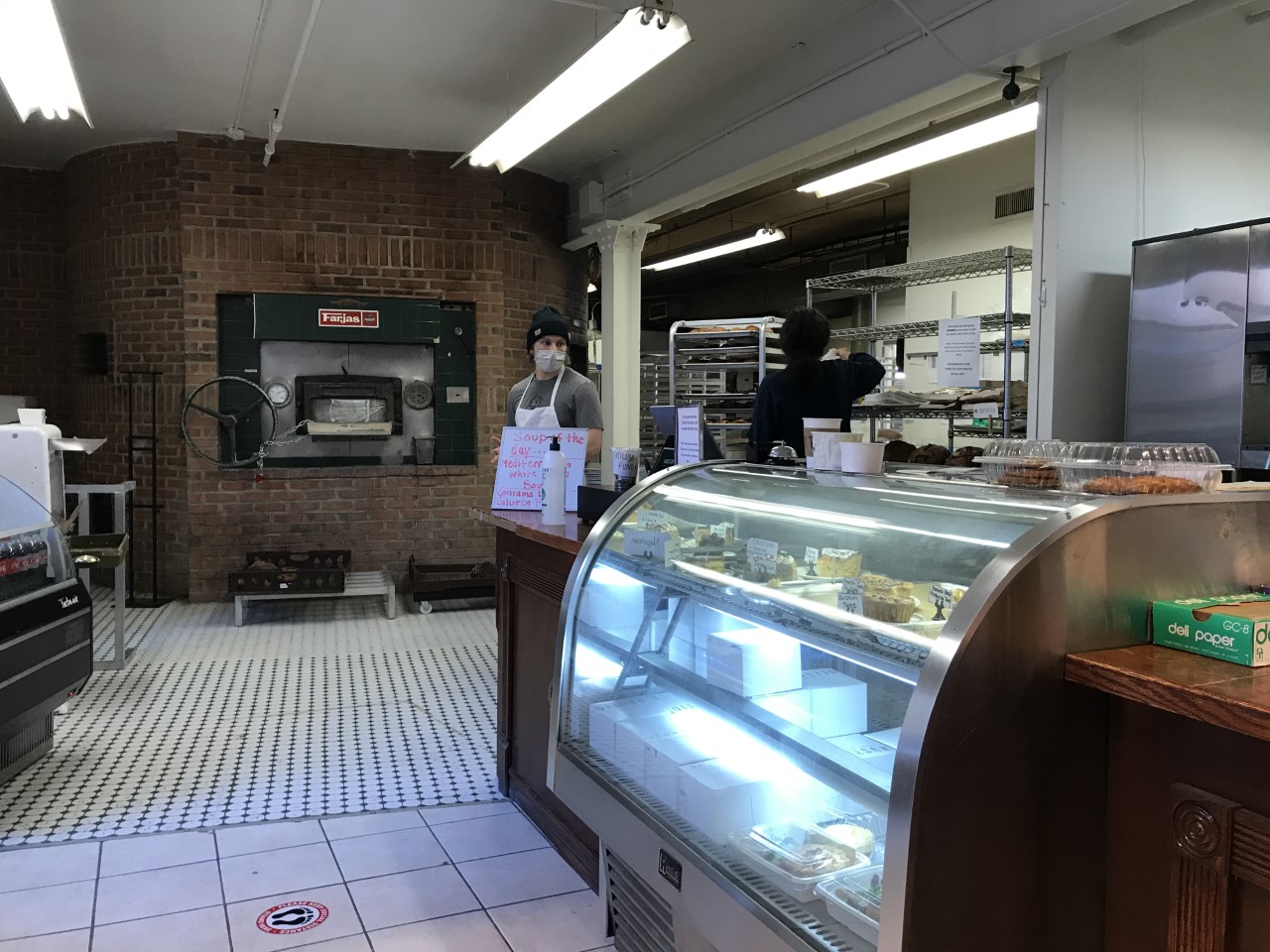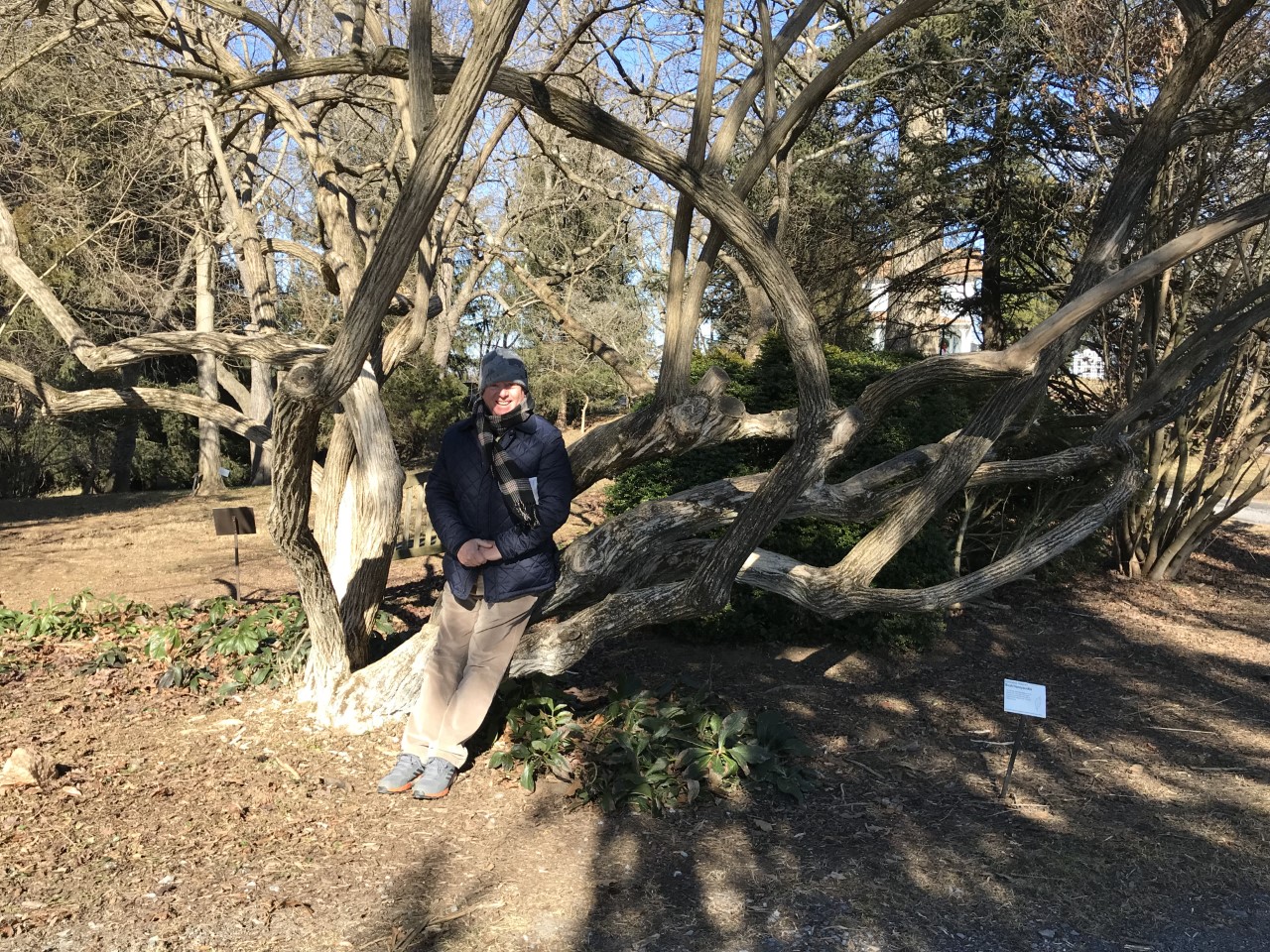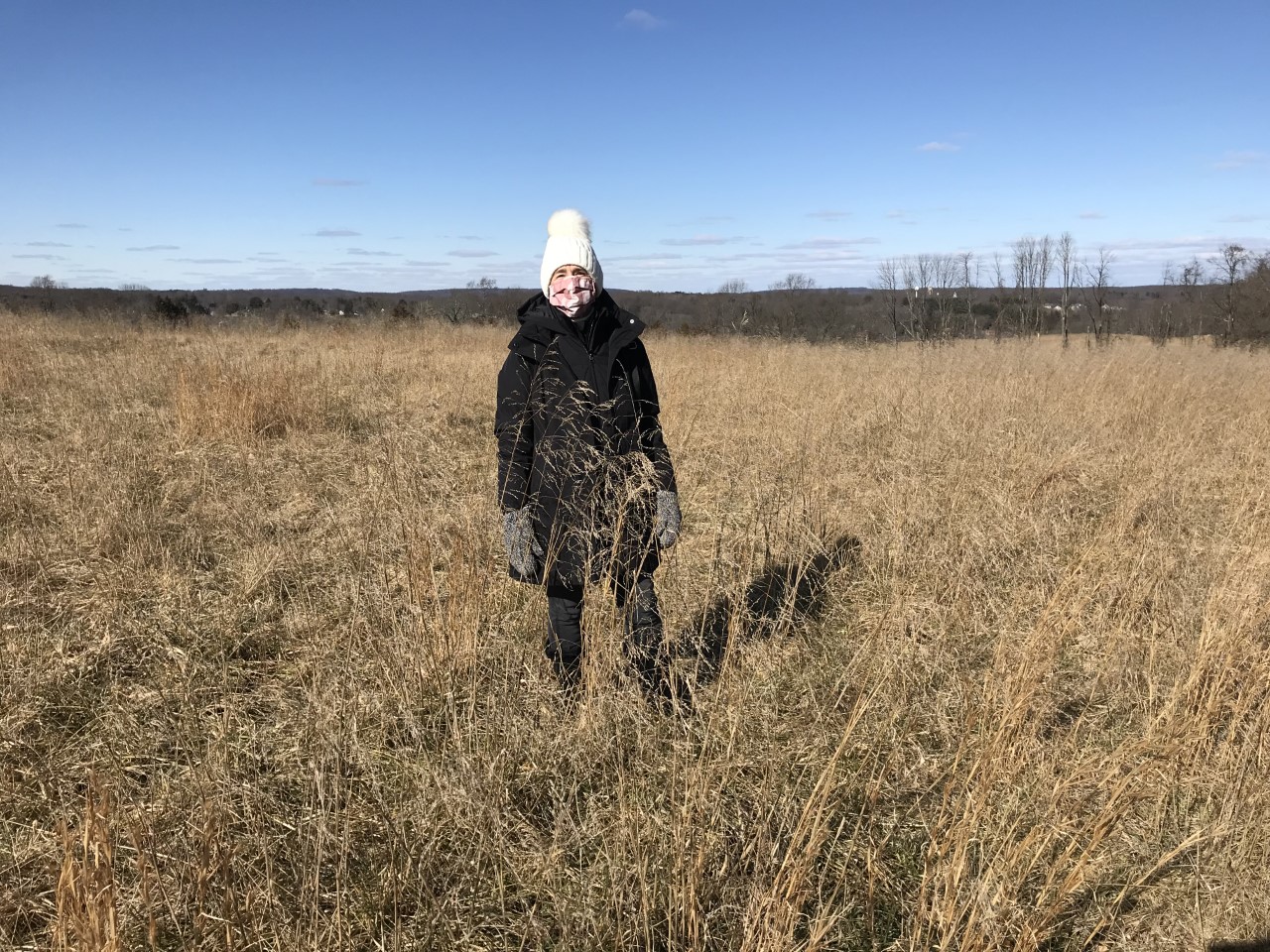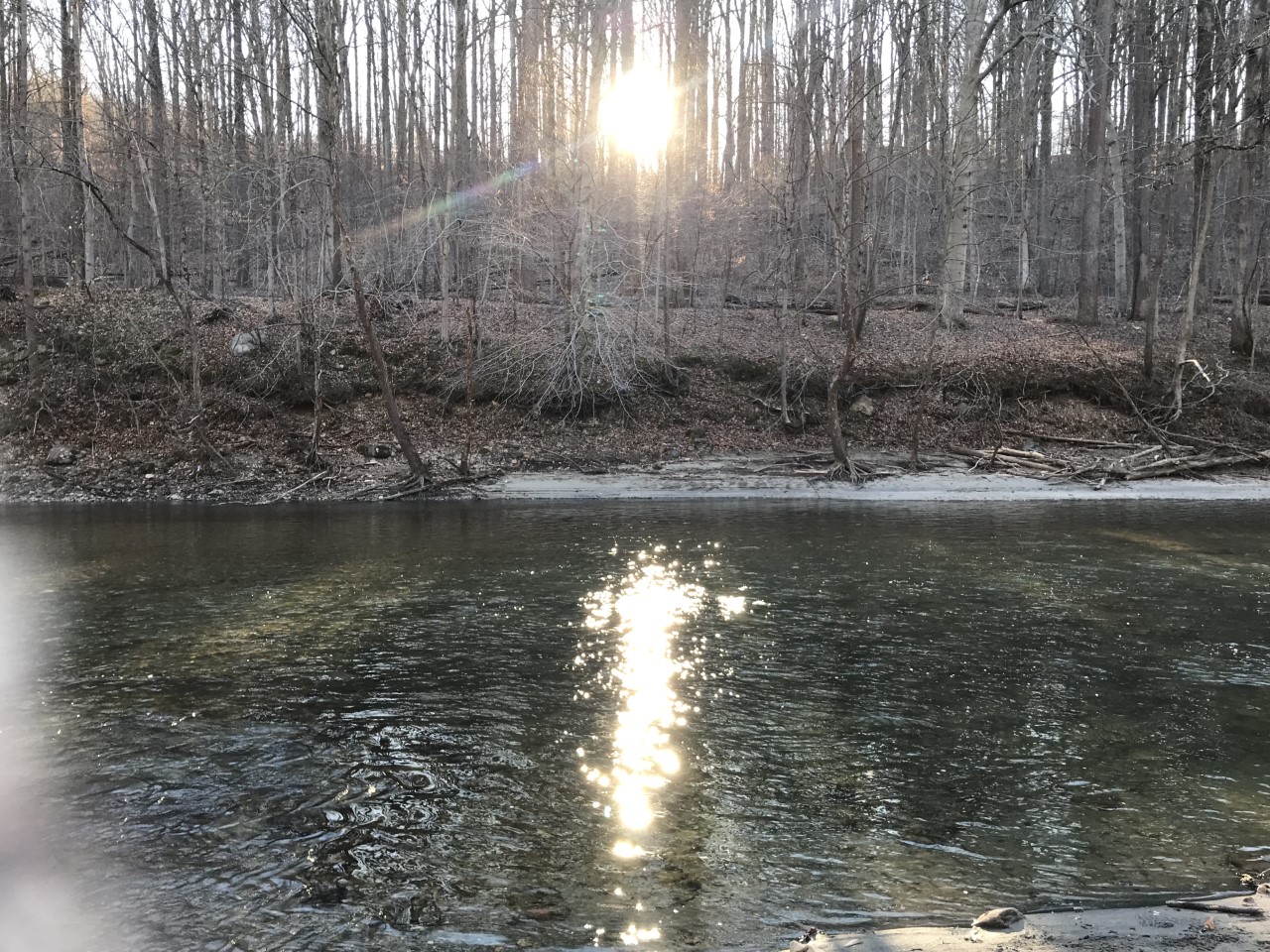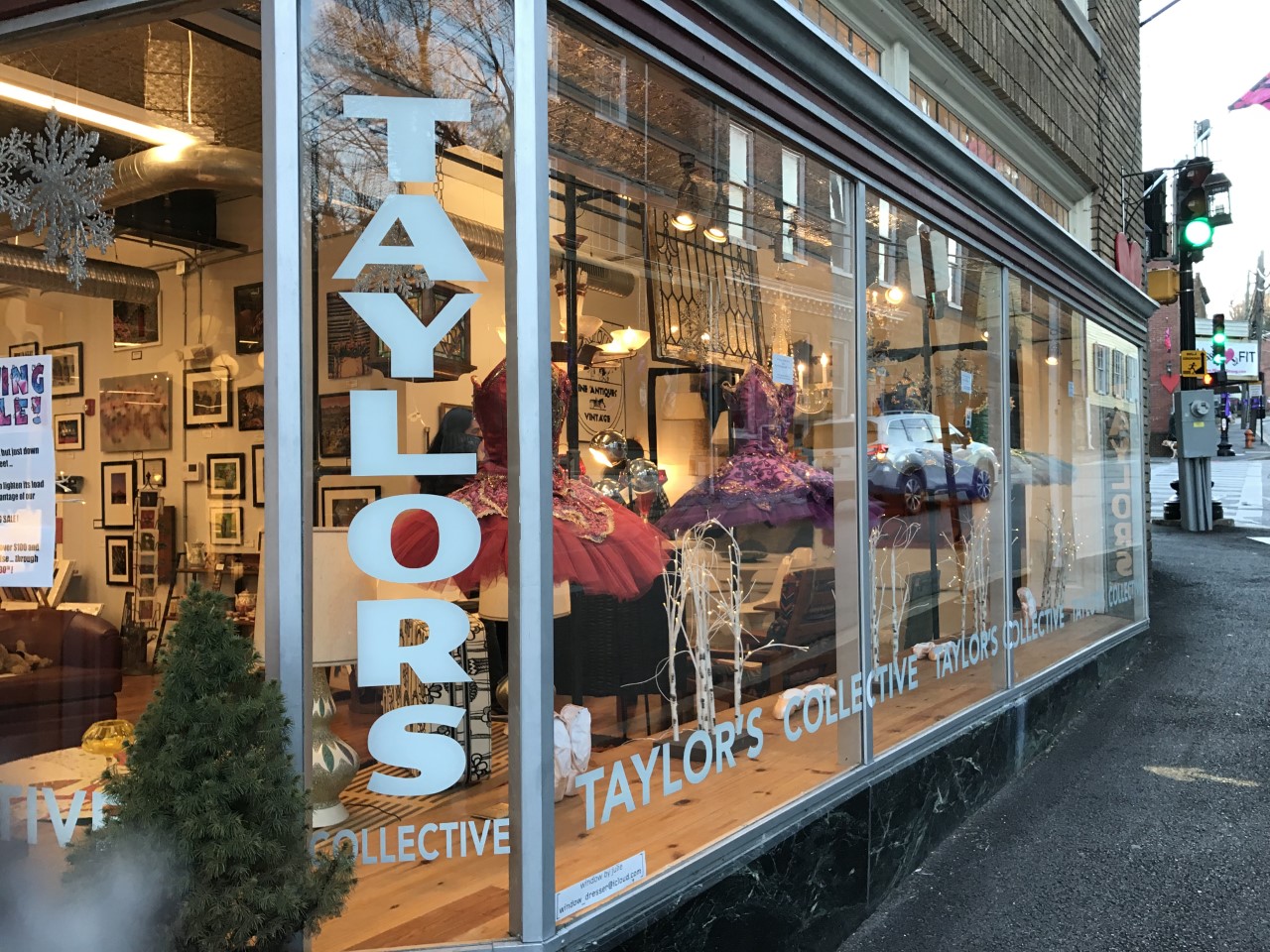The eighth county on travel experts Diane and Jeff’s twenty-three county and Baltimore City exploration of Maryland was Howard County. Their approach continues to be outside adventuring and seeing different parts of history, preservation, and adaptive reuse.
From Diane and Jeff’s Travelogue
My husband Jeff and I put together a general guide for the day and used a lens of being outdoors, seeing more of landscape preservation through trails, conservancies, preserves, and finding some adaptive reuses of Maryland’s many railroad lines into trails.Of course, we also look for ways to buy, eat and drink local where we can while the COVID-19 virus is still restricting what we can do safely.
Howard County was originally part of Anne Arundel county and became the 21st of Maryland’s 23 counties in 1851. Before European settlers, it was the farming and hunting grounds of Native Americans. The county was predominately agricultural until 1966, when construction began on Columbia. In our first tour of the county, we spent time in Columbia, seeing a lot of mid-century modern, then explored historic Ellicott City. In this tour we crisscrossed the county to discover for ourselves other parts we had not seen before. Come along for another fun adventure!
Savage
Savage Mill began operation in 1822 making canvas for sails for clipper ships, later for war supplies and even painted backdrops for Hollywood’s first silent movies. It is now a maze of buildings refitted for shops, artist studios, restaurants and an entire ground floor filled with antique vendors. Before fully exploring the building, we took a walk.
Crossing the Bollman Truss Bridge, built in 1860, we could see why it has been preserved. It is one of the last remaining examples of a wrought and cast-iron, semi-suspension bridges in the country. Running along the Little Patuxent River is the Historic Savage Mill Trail, previously part of the Baltimore and Ohio Railroad’s rail corridor. Despite a chilly day, we saw people exploring and fishing along the riverbank.
Back at the mill, we stopped at Rustiq Bakery and found a place to sit outside to devoured their freshly based croissants. We wandered through the mill buildings, finding its story told through exhibits scattered throughout. We explored the Antique Center and popped into a few shops, artist studios and confectioners including the Queen’s Ink, Books With A Past, and Sweet Cascades Chocolatier. We used the Historic Savage Walking Tour to understand a bit of the town’s history and see some of the buildings in the town that remain in use today.
Woodbine and Woodstock
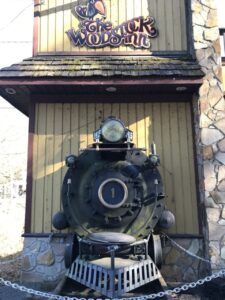 We headed to the northwestern part of the county to see Oakdale Manor and a nod to Heron’s Meadow Farm, the first tea farm in Maryland. You would miss Oakdale Manor, built in 1838 and a former home of one of Maryland’s governors, if you were just driving by. Some of the farms are part of the county’s agricultural preservation program and you can see the signs posted – “Farmland Forever – Thanks to this landowner and Howard County Government, this farmland is permanently preserved.” Backtracking to Woodstock, we trekked the Tulip Poplar Trail at the Howard County Conservancy, a 325-year-old farm that operates as a land trust and nature center. The educational center is closed in the winter, but you can still walk the trails and see them in their mid-winter beauty. Woodstock was founded as a mining town with the B&O railroad running through the area for granite deliveries. We grabbed lunch from The Woodstock Inn, a mere few feet off the road and adjacent to the Old Main Line railroad along the Patapsco River.
We headed to the northwestern part of the county to see Oakdale Manor and a nod to Heron’s Meadow Farm, the first tea farm in Maryland. You would miss Oakdale Manor, built in 1838 and a former home of one of Maryland’s governors, if you were just driving by. Some of the farms are part of the county’s agricultural preservation program and you can see the signs posted – “Farmland Forever – Thanks to this landowner and Howard County Government, this farmland is permanently preserved.” Backtracking to Woodstock, we trekked the Tulip Poplar Trail at the Howard County Conservancy, a 325-year-old farm that operates as a land trust and nature center. The educational center is closed in the winter, but you can still walk the trails and see them in their mid-winter beauty. Woodstock was founded as a mining town with the B&O railroad running through the area for granite deliveries. We grabbed lunch from The Woodstock Inn, a mere few feet off the road and adjacent to the Old Main Line railroad along the Patapsco River.
Patapsco Valley State Park
We realized that we should have started our day at the park as the Avalon/Orange Grove entrance is in Elkridge and would have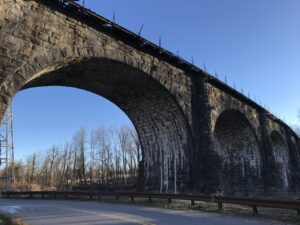 been on our way to Savage. The late afternoon was a bit warmer and less windy, so it worked out even better. We wanted to see the Thomas Viaduct, built in 1835 and were not disappointed at the engineering marvel. It was the first curved stone-arch bridge in the country carrying the B&O rail line over the Patapsco River. “It is a 700-foot-long structure of eight elliptical arches. Despite the opinions of skeptics, not only did it support the first trains, it has remained in service for more than 150 years.” The Patapsco Swinging Bridge is a suspension bridge and fun to feel it swaying underneath you. “The Patapsco Valley has a history of swinging bridges built for pedestrian travel from one side of the river to the other. The Orange Grove Flour Mill was one such popular crossing and is where the current bridge now stands. The first bridge was built by the Orange Grove Flour Mill for employees to cross the river.
been on our way to Savage. The late afternoon was a bit warmer and less windy, so it worked out even better. We wanted to see the Thomas Viaduct, built in 1835 and were not disappointed at the engineering marvel. It was the first curved stone-arch bridge in the country carrying the B&O rail line over the Patapsco River. “It is a 700-foot-long structure of eight elliptical arches. Despite the opinions of skeptics, not only did it support the first trains, it has remained in service for more than 150 years.” The Patapsco Swinging Bridge is a suspension bridge and fun to feel it swaying underneath you. “The Patapsco Valley has a history of swinging bridges built for pedestrian travel from one side of the river to the other. The Orange Grove Flour Mill was one such popular crossing and is where the current bridge now stands. The first bridge was built by the Orange Grove Flour Mill for employees to cross the river.
Ellicott City
Our final stop was a return visit to Ellicott City, to see how it keeps rebuilding and reinventing itself after devastating floods. There is a great self-guided walking tour of the historic district. The Ellicott City Station is the “oldest surviving train station in the country, built in 1830 as the first terminus of the original B&O Railroad line.” Except for some purchases at merchants who had set up sidewalk shops, we mostly window shopped. The sign outside of Pure Wine Café had me at hello – mulled wine and bourbon hot chocolate. We sat in the window seat and watched the sun go down on another day’s spectacular adventure.
FOLLOW ALONG FOR MORE MARYLAND ROAD TRIP ADVENTURES
READ THE ANNE ARUNDEL COUNTY ROAD TRIP BLOG HERE
READ THE FREDERICK COUNTY ROAD TRIP BLOG HERE
READ THE CECIL COUNTY ROAD TRIP BLOG HERE
READ THE ALLEGANY COUNTY ROAD TRIP BLOG HERE
READ THE ST. MARY’S COUNTY ROAD TRIP BLOG HERE


